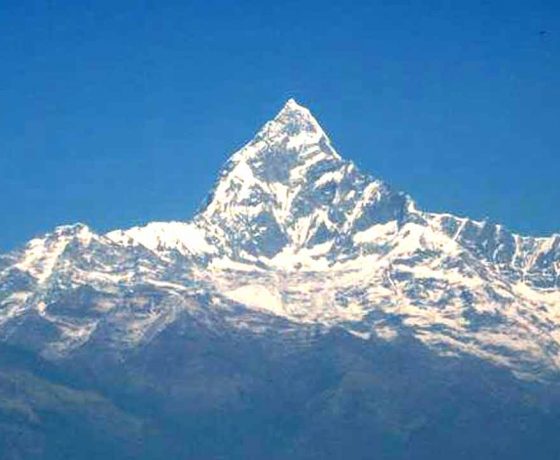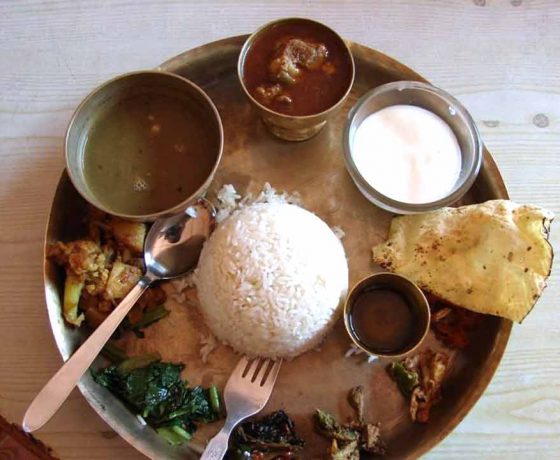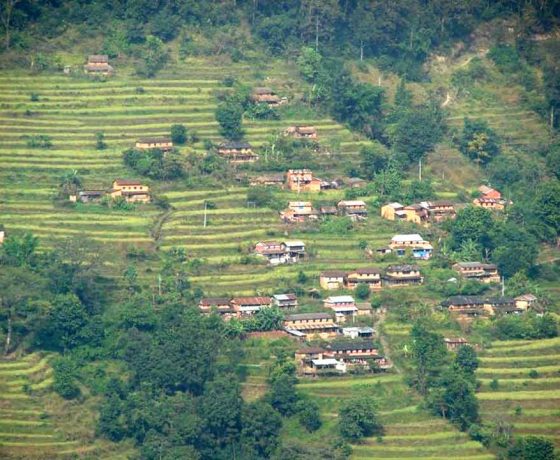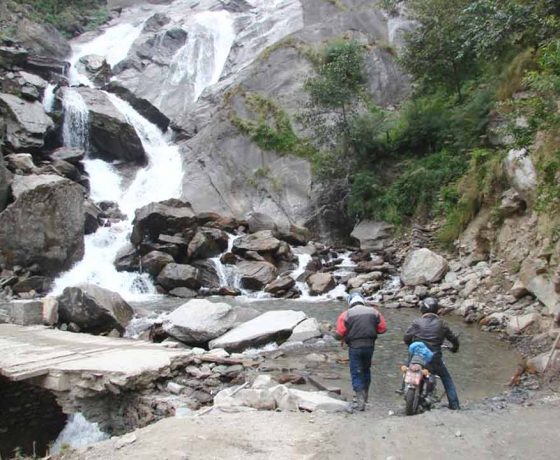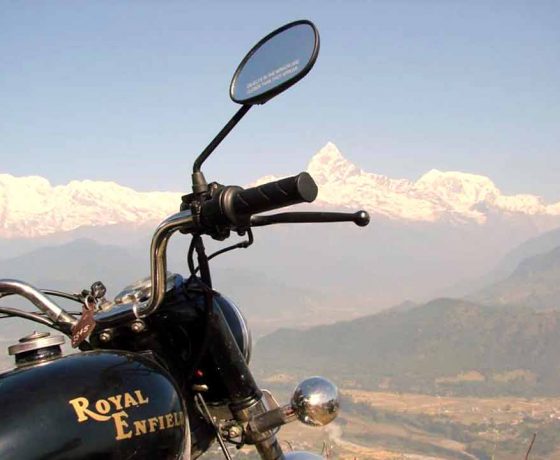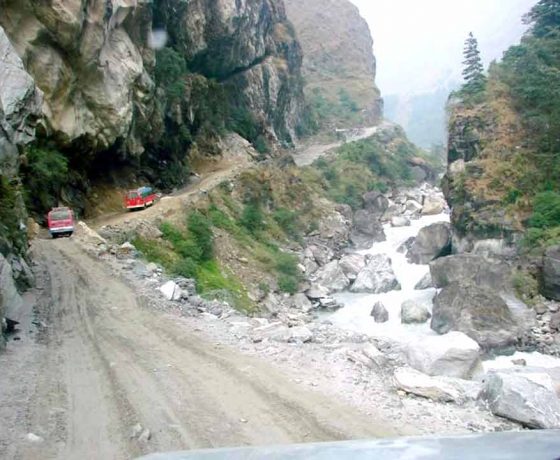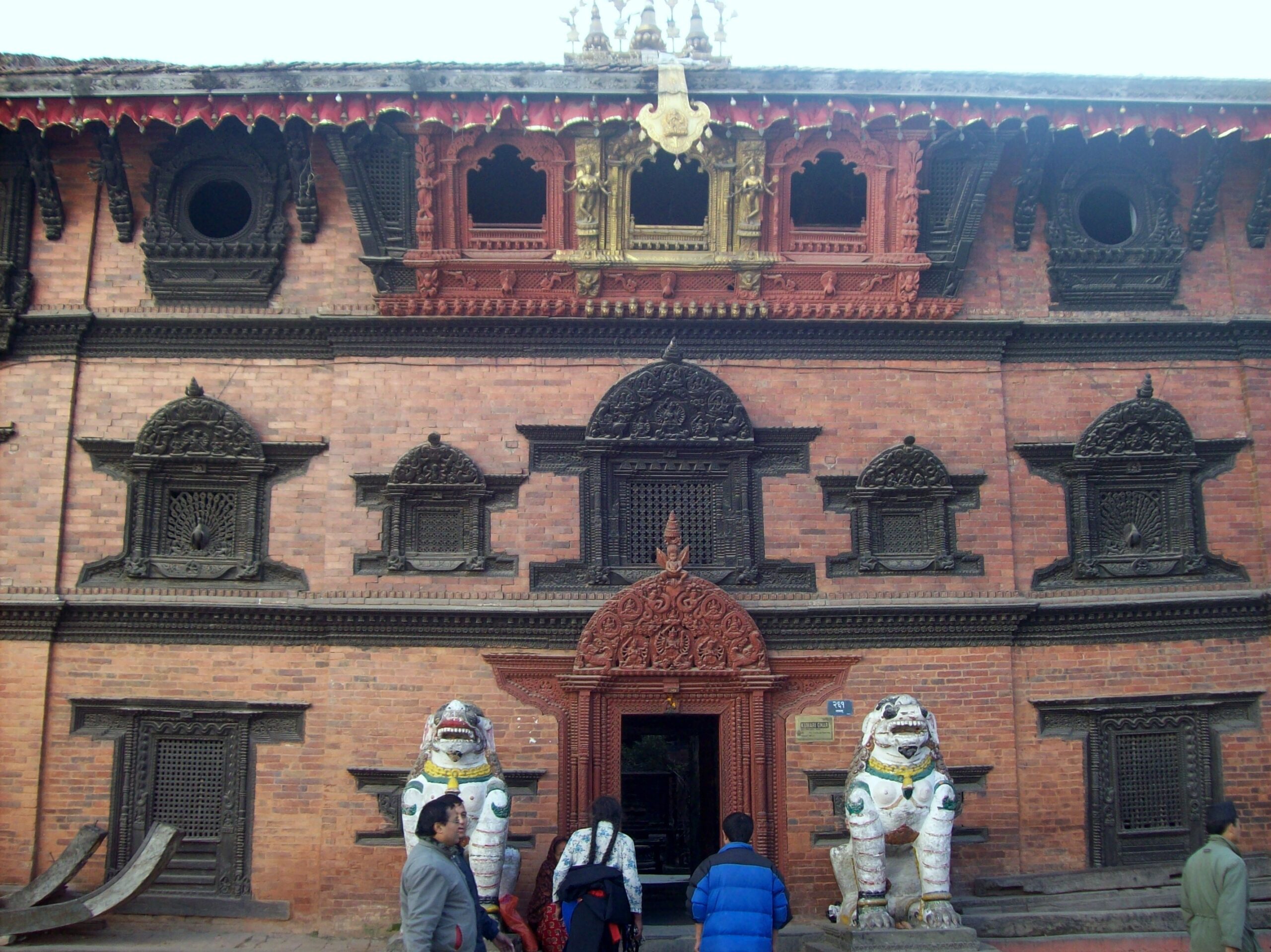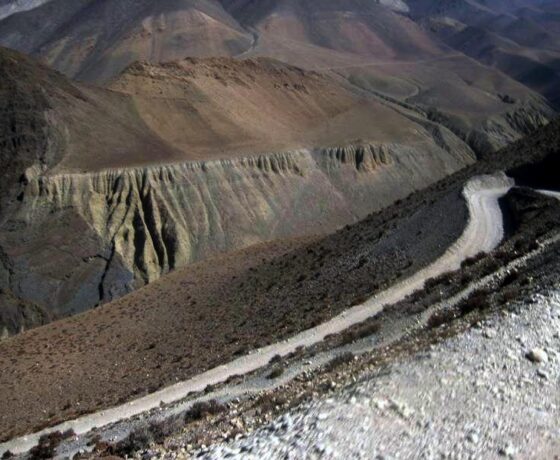Nepal Mustang Motorcycle
Nepal Mustang Motor Cycle Tour
13 Days – 12 Nights / Riding – 10 Days
Nepal Mustang Motor Cycle Tour
US $ RIDER / US $ PILLION
PER PERSON ON TWIN SHARING BASIS
Riding Distance : 1200 KMS / 745 MILES.
Maximum Altitude: 3800 M / 12540 FT
We will ride on the old trekking/pilgrim route to Mustang Valley, which is now open for vehicles.
Come join us on the Nepal Mustang Motorcycle Tour. Nepal Himalayas:- Containing nine of the world’s fourteen highest mountain peaks, Nepal is a true Himalayan kingdom. The Himalayas cover three-fourths of the land in Nepal. It is home to some of the highest, remotest, most rugged, and most difficult terrain in the world. The loftiest peak in the world — Mount Everest — and other high peaks like Lhotse, Nuptse, Annapurna, Dhaulagiri, and Manaslu, plus the presence of some exquisitely beautiful trekking routes, attract hundreds of thousands of people from all over the world to this lovely Himalayan destination. The country of Nepal can be divided into three parallel bands running from the northeast towards the southwest. Along the north of Nepal runs the Great Himalayan Range, the highest mountain range in the Himalayan system. This range has an average altitude of about 4,570 m (about 15,000 ft) and remains perpetually snow-covered. On this range rise some of the loftiest mountain peaks in the world — Mount Everest, Kanchenjunga, Lhotse, Makalu, Cho Oyu, Dhaulagiri, Manaslu, and Annapurna. Further south runs a complex system of intermediate ranges at an altitude of 8,000-14,000 ft. Prominent ranges in this mountain system include the Mahabharat and Churia ranges. High mountain ranges are interspersed with broad inhabited river valleys. The third and southernmost region is the Terai, a swampy terrain that is the northern extension of the Indian plains.
Mustang Valley, a part of Dhaulagiri Zone, is one of the seventy-five districts of Nepal, a landlocked country of South Asia. The district, with Jomsom as its headquarters, covers an area of 3,573 km². The district straddles the Himalayas and extends northward onto the Tibetan plateau. Upper Mustang, the former Lo Kingdom comprises the northern two-thirds of the district. This kingdom was a dependency of the Kingdom of Nepal but was abolished by the republican Government of Nepal on October 7, 2008. In addition to trekking routes through the Lo Kingdom (“Upper Mustang”) and along the Annapurna Circuit in lower Mustang, the district is famous for the springs and village of Muktinath (a popular Hindu and Buddhist pilgrimage site), apples, and Marpha brandy. Mustang was a lost kingdom of Tibet where traditions may remain more Tibetan than in Tibet proper following its annexation by China. Mustang is known as the desert of Nepal, however, it is one of the most beautiful districts. There are impressive mountains and there are lots of trees and plants which make parts of the district green, and there are rivers, small ponds, and lakes. Animals found there include snow leopard, Musk Deer, Wild Goat, wild boar, etc., and birds like Himalayan Monal, Pheasants, etc. There are lots of colorful flowers found growing in this district. Many people are attracted to visit by its natural beauty. Not only does nature make this district attractive but also the many interesting monasteries, clay-walled houses, its Tibetan culture, etc.
Itinerary
We will meet you at Kathmandu Airport and transfer you to your Hotel. Because fellow group members may be arriving on different flights, we will wait to meet the fellow group members and the staff the next day at the breakfast table.
MUKTINATH is a sacred place both for Hindus and Buddhists located in Muktinath Valley at an altitude of 3,710 meters at the foot of the Thorong La mountain pass (part of the Himalayas), Mustang district, Nepal. The site is close to the village of Ranipauwa, which sometimes mistakenly is called Muktinath as well. The Hindus call the sacred place MuktiKshetra, which literally means the “place of salvation”. Mainly the temple is with a predominant Sri Vaishnava origin and is worshipped by Buddhists. This temple is considered to be the 105th among the available 108 Divya Desam. The ancient name of this place, before Buddhist origin is known as ThiruSaligramam. This house the Saligramasila considered to be the naturally available form of Sriman Narayana the Hindu God VISHNU HEAD. It is also one of the 51 Sakthipeetams. The Buddhists call it ChumigGyatsa, which in Tibetan means ‘Hundred Waters’. For Tibetan Buddhists, Muktinath – ChumigGyatsa is a very important place of Dakinis, goddesses known as Sky Dancers, and one of the 24 Tantric places. They understand the murti to be a manifestation of Avalokitesvara.
Cost Includes:
- Royal Enfield Standard 500cc / Himalayan 411cc / Himalayan Scram 411cc
- Spare parts for the bikes
- Support Vehicle for luggage.
- Toyota / Small Bus.
- Mechanic
- English Speaking Road captain / Tour guide
- Fuel & Oil
- First Aid Equipment
- Breakfast, Lunch, dinner
- Hotels 3*/ Heritage
- Fixed Camp
- Inner Line Permit
- Oxygen in the unlikely event of altitude sickness
Cost Does Not Include:
- Any part broken while riding will be payable extra
- The expense of personal nature viz laundry, telephone calls, tips, mineral water, beverages, etc.
- Expense arises due to unforeseen circumstances like roadblocks, landslides, flight cancellation, etc.
- Personal Insurance
- Sleeping Bags
- Helmets or any riding gear
- Nepal Visa and International Flights
- International Driving Permit

